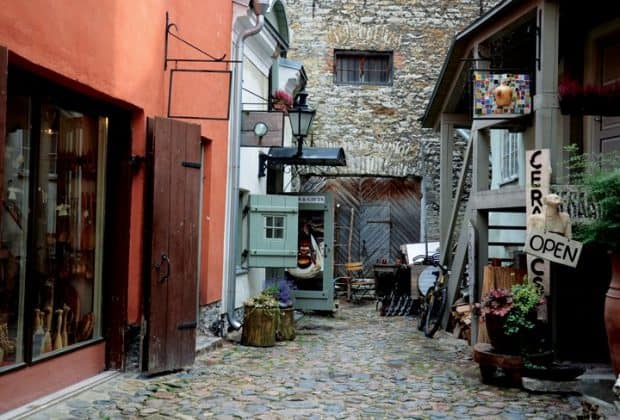Sometimes, you need to not move. Once, a moose charged my wife and me, while we were on snowshoes. We both pivoted to face the threat (the charging moose) and we both fell over on our backs, as the snowshoes got caught in the side of the trail. That was instructive, learning occurred, and we were lucky not to have been stomped. A few years later, a brown bear charged me, while I was standing in knee high brush. I made certain to resist the urge to move, so I didn't fall. I think it is instinctive to move in the face of a threat, and it takes training or experience to sometimes resist the urge to move!




 Reply With Quote
Reply With Quote




